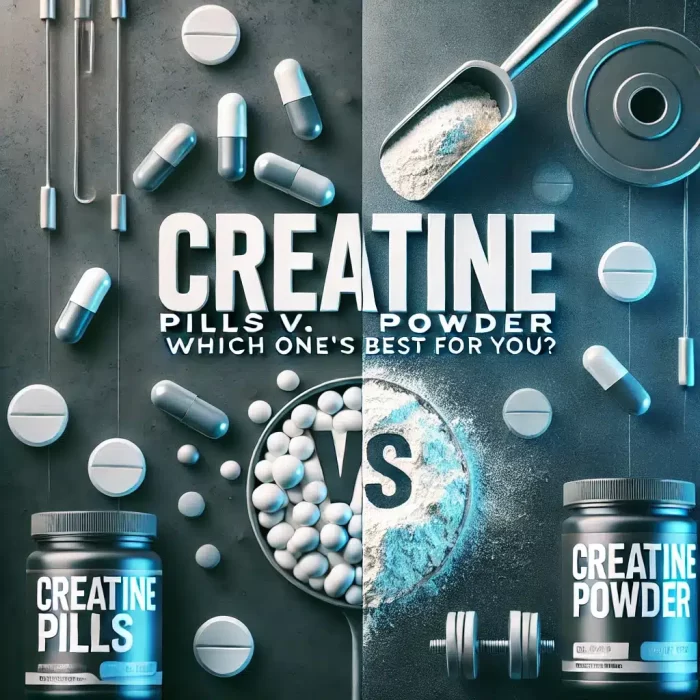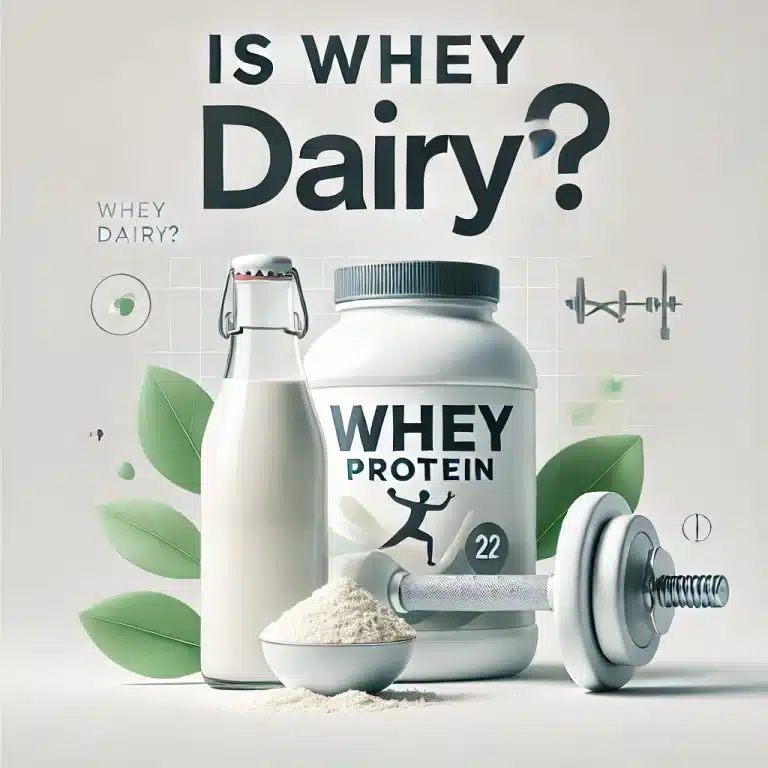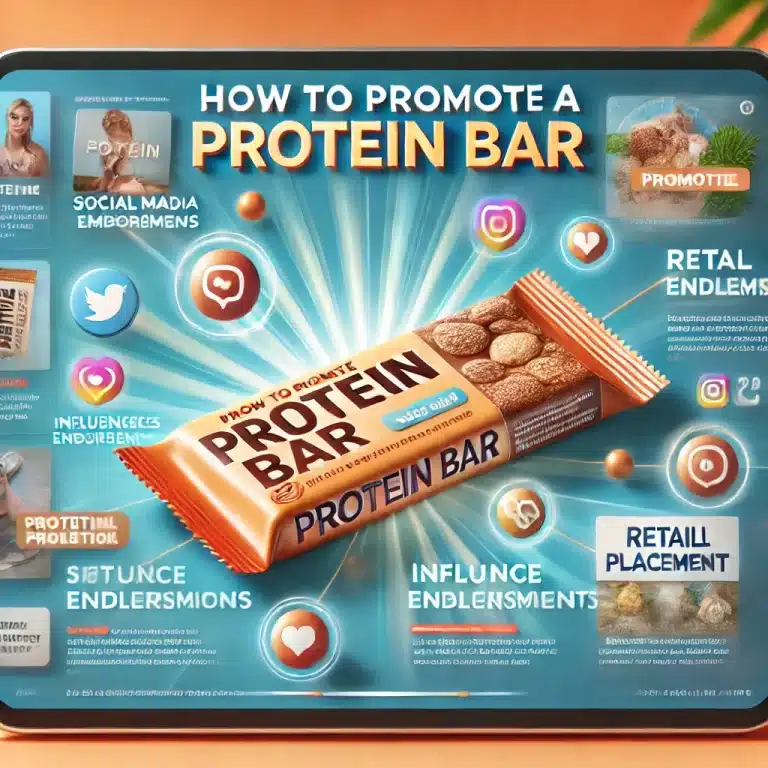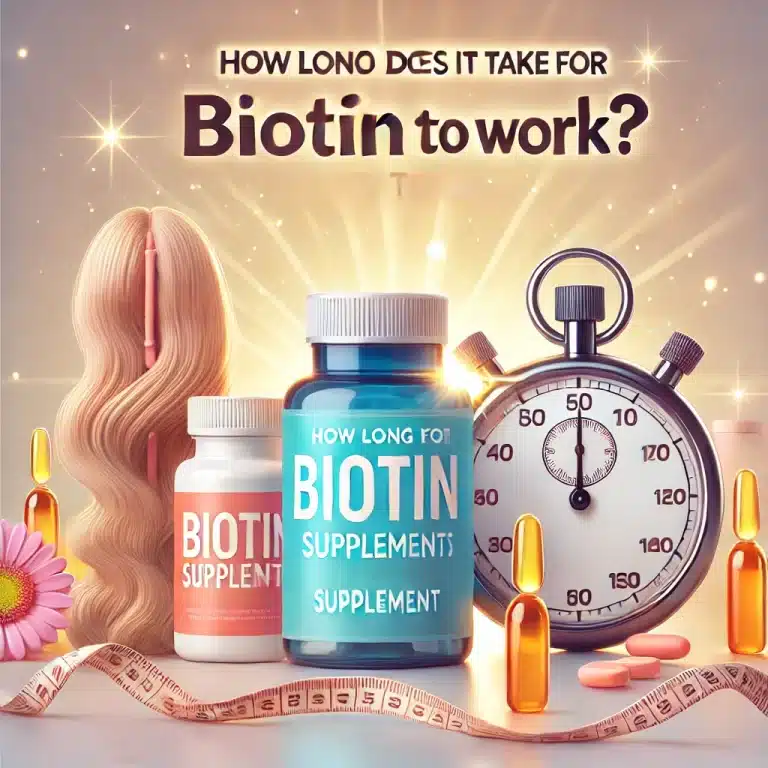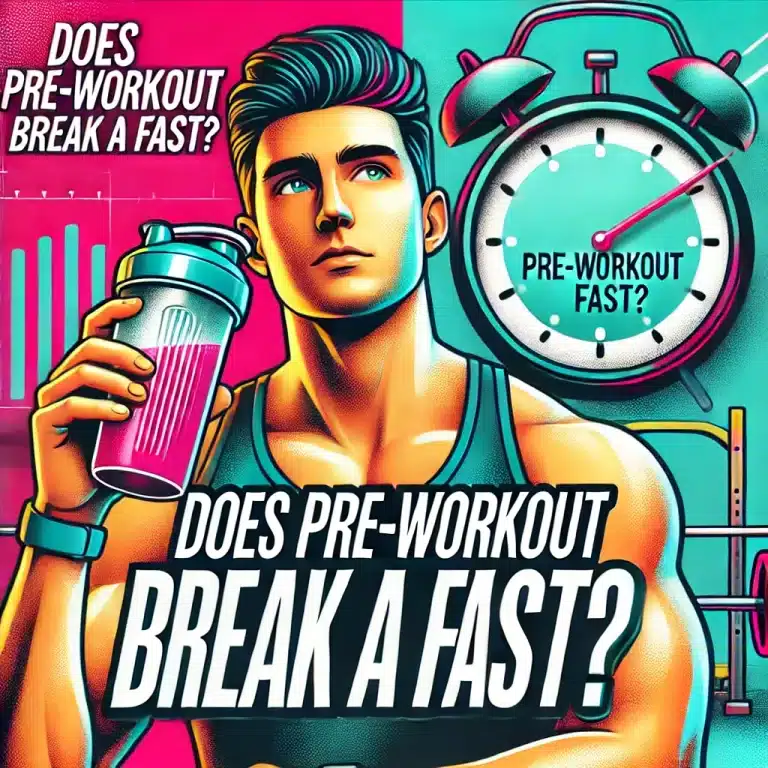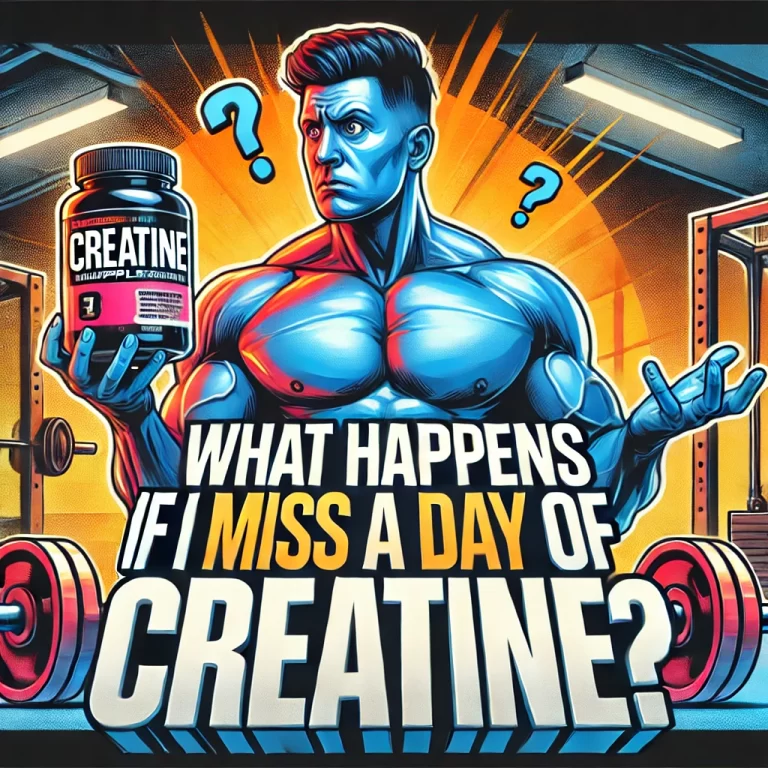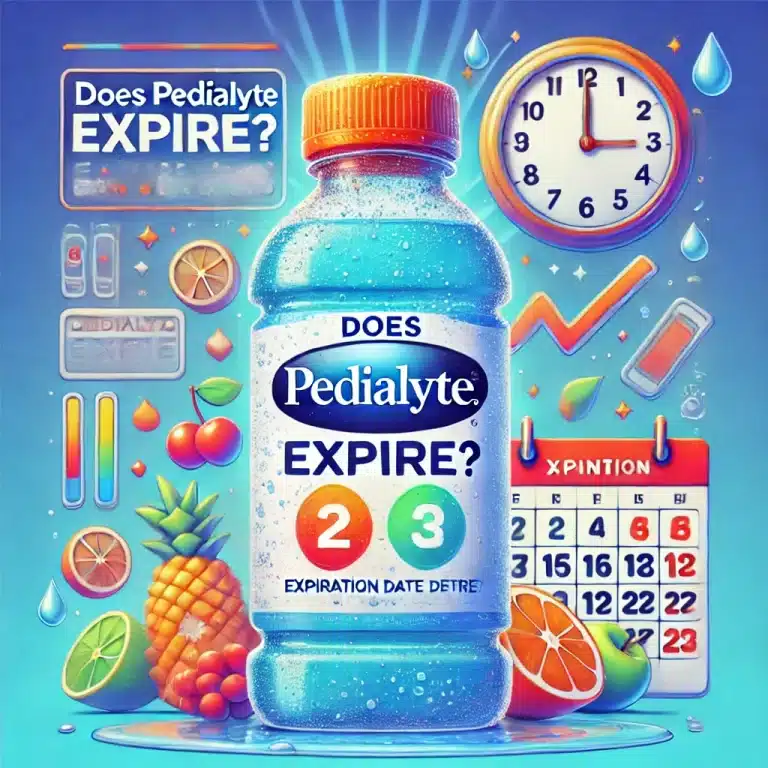Creatine Pills vs. Powder: Which One’s Best for You?
So, there you are in the supplement aisle, just looking at two different bottles. One’s just a big tub of soft, white powder. There are these shiny capsules all lined up in a plastic jar. They both mention creatine monohydrate. But there’s one big question that’s probably on your mind: So, creatine pills or powder—which one’s better for you?
If you’ve spent any time in the fitness scene, you’re probably aware of just how popular creatine has become. It’s supported by tons of research, aids in strength, recovery, and building lean muscle, and is popular among everyone from professional athletes to that gym buddy who never misses leg day.
But when it comes to how you take it—caps or scoops—it gets personal, doesn’t it? Some people say powder is the best. Some people love how easy pills are to use. So, which one do you think is better? Let’s dive into it all.
Creatine Powder: The Classic Heavyweight
Most folks begin with creatine powder. It has been around the longest, and with good cause. When you hear the word “creatine,” this is most likely what comes to mind. It’s inexpensive, widely available, and—truthfully—it simply works. Tubs of creatine powder may be found everywhere, whether in a supplement store or on a fitness forum. There is a reason for that.
The beauty of powder is that it provides control. You can incorporate it into almost anything, including water, juice, smoothies, and post-workout shakes. Some individuals even mix it in with their oatmeal or yogurt. It integrates seamlessly into your day with minimal effort—assuming you don’t mind a little planning.
Pros of Creatine Powder:
- Economical Let’s discuss the budget. Powder is the best option if you’re on a tight budget since, let’s face it, supplements can be expensive. That tub will likely last you a few months, and each container contains more servings.
- Dosing is simple: one scoop is equivalent to five grams for the majority of brands. The sweet point for everyday use is there. No need to estimate or take more than one capsule. Simply scoop and finish.
- Quick absorption: When combined with a protein drink after working out, it enters your system rapidly. Your muscles absorb it like a sponge, and absorption is enhanced when combined with carbohydrates.
- Versatile: If necessary, you can change the dosage. Powder makes it easy to adjust for factors like loading (more on that later) or simply wanting a little less. It is adaptable and changeable.
But… There Are Downsides:
- Unclean Yes, powder can be bothersome at times. It spreads everywhere if you’re not careful. Is it too quick to open the tub? Poof—a cloud of white dust. Consider filling a bottle with a small neck. I wish you luck.
- Clumps: Not all powders blend well. Strange, floating blobs of partially mixed creatine can result from using cold water, which can exacerbate the problem. Additionally, no one likes to chew their drink.
- Even though the majority of creatine is “unflavored,” it nevertheless has a taste and texture. Some people say it’s chalky or sandy. It’s not terrible, but it can irritate you if you’re sensitive to that kind of thing.
Adding a scoop of creatine powder to your supplement routine is easy if you’re the type of person who already takes pre-workout, protein smoothies, or meal replacements. Powder remains a popular choice among lifters, athletes, and weekend warriors due to its affordability and versatility.
Make sure you have enough water on hand to wash your shaker bottle more frequently. Powder has its uses, but it requires more effort to clean up afterward.
Creatine Pills: The Convenient Contender
Then there are the drugs. These small ones prioritize convenience. No scooping, no mixing, and no strange residue on the bottom of your shaker. Simply take a few pills and swallow them with water. It’s quick, clean, and straightforward.
Pills can be a lifesaver for folks who have a busy schedule or are often on the go. Consider trying to measure powder in the car or on a plane. Not going to happen. With pills, you may keep a week’s supply in a pill organizer or pocket-sized container, with no fuss or mess.
Pros of Creatine Pills:
- Super convenient – This one is apparent. Whether you’re running late, traveling, or simply don’t want to bother with scooping powder every day, tablets make it easy.
- Excellent for travel: no one wants to explain a tub of white powder to TSA. Capsules are portable, discreet, and easy to store in your carry-on or gym bag.
- Tasteless and textureless – If you can’t stomach the gritty texture of powder or simply dislike the idea of mixing supplements into your drinks, tablets address the problem immediately.
- There is no cleanup – no need to rinse shaker bottles. There is no dried powder caked inside the lid. With a glass of water and a few pills, you’re good to go.
But… Not Without Flaws:
- The hitch is that most creatine pills provide between 750 mg and 1g of creatine in each dose. You will need to consume many capsules to reach the recommended daily dosage of 5g. Not everyone likes taking more than five medications at once.
- Slower absorption: Before the creatine enters your system, the capsules must first break down in your stomach. If timing is essential to you, it’s worth mentioning, but it’s not a big problem.
- Cost: Generally speaking, pills cost more per gram than powder. For consumers on a tight budget, the convenience may not be worth the additional cost.
Regardless of these small drawbacks, taking creatine pills consistently is a fantastic method. What makes creatine effective is consistency above all else.
Supplement pills could be ideal for you if you despise the mess and texture of liquid supplements or if you simply prefer the convenience of a tablet form. Supplements are no longer seen as a “process” because of them. Endless justifications—just outcomes.
Is One More Effective Than the Other?
From this point on, things start to become interesting. If you are curious about whether or not creatine powder is more effective than tablets, or vice versa, the truth is that it is not much better. From a scientific point of view, both of these methods supply the same essential ingredient to your muscles, which is creatine monohydrate. That is the most important takeaway. It is presented in what form? Simply put, that is delivery.
When it comes to creatine, your muscles do not care or know whether it was taken from a scoop or a pill. Following its entry into your bloodstream and subsequent entry into your muscle tissue, it continues to function in the same manner. Day-to-day saturation is where the true magic happens. As long as you maintain that constant daily intake of creatine, which is normally between three and five grams, the benefits of increased strength, improved performance, and faster recovery will continue to accrue. However, it takes some time for your muscles to get fully loaded with creatine.
It has been argued by some that powder absorbs more quickly. In a technical sense, they are correct; powder has the potential to be absorbed more rapidly, particularly when combined with carbohydrates or protein after a workout. So, in the larger scheme of things? The difference of a few minutes is not going to affect the things you have gained. The fact that you took tablets rather than powders does not mean that you are missing out on the results.
Adherence is the factor that matters the most in the long run. Do you start taking it every day? How much of the medication are you taking? It is just as effective to use drugs if they assist you achieve that goal. Powder is a good option to consider if you want to incorporate it into your post-workout smoothie routine. The science is not altered by the form; rather, it is altered by the consistency.
In the future, when someone says, “Yeah, but powder hits harder,” you should simply grin and nod in agreement. You and your partner will both make progress if you continue to show up and take your creatine daily. At the end of the day, the form that you make sure you don’t forget to take is the one that is the most effective.
How to Choose: Pills vs Powder
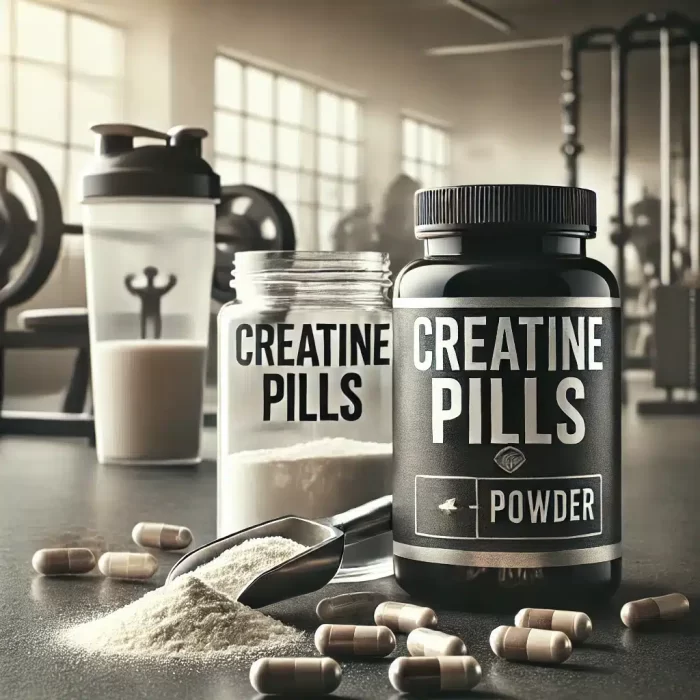
So, how exactly do you go about selecting the appropriate form for you? When it comes to practicality, science is less important than pragmatism. The reality is that both creatine powder and tablets can assist you in achieving your objectives; the most important thing is to maintain a consistent routine. If you find yourself staring at those shelves of supplements, here are some ways to make the decision a little bit simpler.
To begin, consider your way of life. Can you be described as the kind of person who creates shakes daily? If this is the case, creatine powder is most likely the most suitable option. Adding a scoop to your post-workout beverage and moving on with your day is a simple process. If you are looking to save money, powder is typically a better option because it provides you with more value for your money. Your dosage is completely within your control, and the cost per serving is lower than it would be otherwise.
On the other hand, if you have a packed schedule or simply do not have the time (or energy) to fiddle with mixing, it is possible that opting for tablets is the more prudent choice. They are convenient for folks who train on the go because they are quick, portable, and convenient. If you want to take your creatine without missing a beat, you may do it using pills. This is true whether you are working out at six in the morning before work or trying to squeeze in a session in between courses.
Additionally, there is the issue of mess. Taking tablets eliminates all of the friction that you experience when you have to deal with shaker bottles, powder that sticks to the lid, or trying to mix drinks that are gritty as well. Simply drink some water and swallow it. That’s it.
Caution is advised, however, as creatine supplements come with their own peculiarities. To achieve your daily dose of 5 grammes, you might need to take many capsules, and the cost of these capsules is typically higher over the long run. Powder is likely to be your best option if you dislike the act of swallowing pills or if you are seeking for the most cost-effective option per gramme.
Ask yourself: Which of these two is most likely to be the one that you take every day without missing a single day? This is the decisive factor in the situation. Because, at the end of the day, the only way for creatine to be effective is if you take it regularly. No matter if it is taken in the form of a scoop or a capsule, the benefits are derived from the habit.
Common Myths About Creatine Forms:
Now that we have that out of the way, let’s get this straight: the internet is complete with big claims, and not all of them are true. When it comes to the contrast between creatine powder and creatine tablets, there are a lot of fallacies that are going around. Some are innocuous; they are merely gym bros repeating what they have heard. Who else? Extremely incorrect. If you genuinely need to know something, here it is.
“Pills are not as effective as powder,” comes the first myth.
There is a good chance that this is the most common, as well as the most misleading. According to the presumption, powder is more effective, has a faster working time, or produces better outcomes. Is it true? Each of the two types contains a monohydrate creatine. That is the only important thing. What makes it different is the way that it is packaged. Regardless of how it is administered, your body will absorb it in the same manner. As long as you are consuming sufficient amounts daily, the outcomes will come about.
The second myth is that powder makes bloating worse.
This one is discussed rather frequently, particularly in online discussion groups. But what about the notion that powder is more likely to cause bloating than pills? Not true. The cause of bloating caused by creatine is not the form of the bloating; rather, it is the retention of water within your muscle cells. Creatine functions like this. Your muscles will receive water as a result, which is a beneficial effect. Do you have a sense of fullness? Hydration is not a negative reaction on your part.
The third myth is that “micronized powder is more effective.”
To clarify, the term “micronized” does not simply mean “stronger.” However, this only indicates that the particles are smaller, which makes it easier for them to dissolve in liquid. And that’s it. It can make for a more silky shake. On the other hand, what effects does it have on your body? Nothing at all is different. Different forms of powder, including regular powder, micronized powder, and tablets, all contain the same active component.
Myth number four: “The best option is to use liquid creatine.”
This is a more recent urban legend, although it is gaining popularity. Creatine in liquid form may have a hip sound to it, but it does come with a few drawbacks. It is more likely to deteriorate at a faster rate. It is more stable to take creatine in its dry form, whether it is in the shape of a powder or a pill. As soon as it is exposed to liquid for an excessive amount of time, it begins to decompose into creatinine, which is then excreted by your body. That being said, liquid creatine, even though it could appear to be cool, is not more effective and may be less trustworthy.
Illusion number five: “More is always better.”
This is not precisely a form of myth, but it is important to bring out. Increasing the amount of creatine you take, whether in the form of tablets or powder, is not always the best. There is a limit to how much your body can hold. Following the saturation of your muscles, the remaining fluid is expelled. This is the reason why a daily dose of three to five grams is so effective. Don’t throw away your goods or your money by trying to achieve more profits that aren’t going to come.
What is the main point? It is important to not let gym rumors or marketing tactics convince you that a particular type of creatine is “bad” or “less effective.” Misunderstandings, rather than studies, are the source of the majority of these misconceptions. You won’t have any problems if you stick to the science and decide what works best for your routine.
What About Creatine Loading?
Yes, that was the loading step. It’s something that people either swear by or don’t do at all. So, just what is it? Some people choose to “load” their muscles by taking a bigger dose when they first start taking creatine. This usually means taking about 20 grams of creatine a day for 5 to 7 days, split into 4 doses. After that, you’ll only need about 3 to 5 grams a day for upkeep.
This method is based on a simple idea: by quickly filling your muscles with creatine, you reach full saturation more quickly. That should lead to faster results, at least in theory. People don’t have to wait 3 to 4 weeks to feel the effects; some people feel them in just a few days.
Can you do this with pills or powder?
Sure, in a way. The really bad news is that loading with pills can be hard to do. If each pill only gives you 1 gram, or sometimes even less, that’s more than 20 pills a day during the loading phase. That is a huge amount to take in. You most likely don’t want to keep up with it.
It is much easier when you use powder. Four times a day, just mix a scoop into water or your drink, and you’re done. You don’t have to keep track of capsules or carry around a small drugstore with you.
The catch is that you don’t even need to load. A lot of people don’t do the loading process and start with the 5g daily dose right away. You’ll get there in the end, even if it takes a few extra weeks at this point. In the long run, being steady still beats being fast.
So, if you want quick results, don’t mind putting in extra work, and are using powder, you might want to give loading a try. But what if you want to keep things simple or are taking pills? Just take your medicine every day and don’t stop. You’ll still get the same benefits; you’ll just have to wait a little longer.
Final Thoughts: Which One’s Right for You?
The answer is not ideal in any way. The results are the same whether you take creatine pills or powder. Consistency is the most important factor.
Powder is an excellent option to consider selecting if you are someone who enjoys preparing shakes and does not mind a little bit of preparation. It’s cost-effective, easy to use, and efficient.
Pills are fantastic if you are hectic if you travel a lot, or if you simply want to keep things as simple as possible. There is no mess. There is no fuss. Only the outcomes.
It makes no difference to your objectives whether you scoop or swallow. What is important is that you are putting in that daily dose, that you are turning up to exercise, and that you are maintaining your commitment.
Therefore, the next time you are in the aisle of supplements, you can take a break from overthinking. Decide which one you will put to use. Isn’t that the true victory?
Also, keep in mind that whether you take creatine in the form of pills or powder, the most effective way to take it is to take it.
